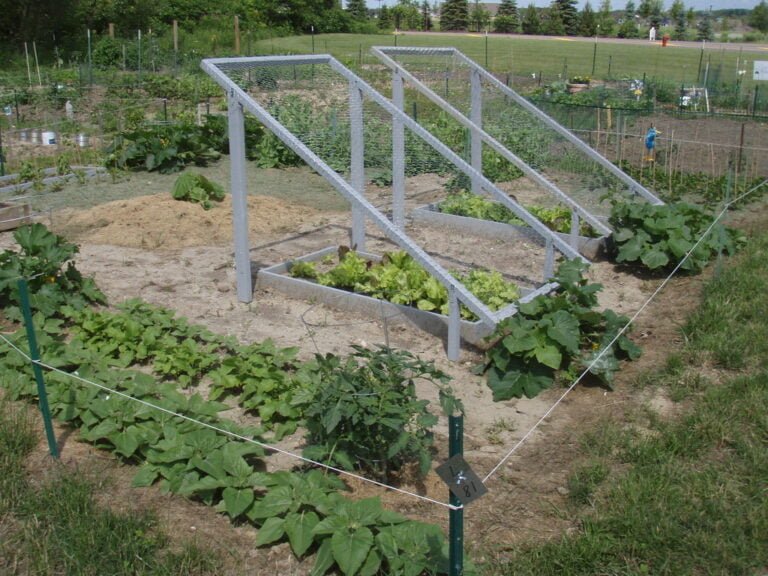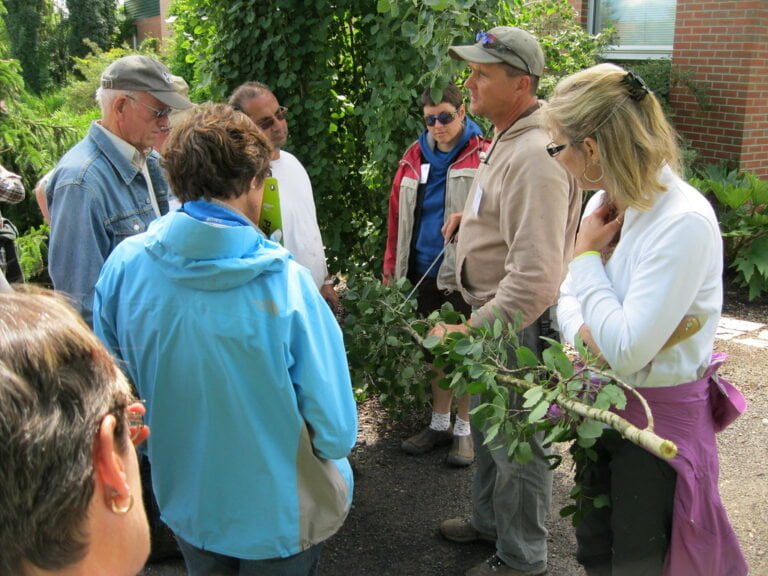Understanding the Ideal Timing for Planting Sunflowers
Are you ready to plant sunflowers? Discover the ideal timing for planting these vibrant flowers in your garden. In this article, we'll guide you through the best time to plant sunflowers, taking into account seasonal considerations and temperature requirements. We'll also provide a helpful sunflower planting calendar and share tips for different regions. Whether you're a beginner or experienced gardener, learn the techniques and avoid common mistakes for optimal sunflower growth. Get ready to enjoy the beauty of sunflowers in your garden!
Best Time to Plant Sunflowers
To achieve optimal growth, plant your sunflowers during the late spring or early summer months. Sunflowers are warm-season plants that thrive in full sunlight, so it is essential to choose the right time to plant them. Late spring or early summer provides the perfect conditions for sunflowers to establish strong roots and grow vigorously. Before planting, make sure the soil temperature is around 50 to 55 degrees Fahrenheit, as this is ideal for germination. Prepare the soil by removing any weeds or debris and adding organic matter for nutrients. Plant the sunflower seeds about one inch deep and six inches apart, ensuring they have enough space to grow. Water the seeds regularly, keeping the soil moist but not waterlogged. By following these guidelines, you will give your sunflowers the best chance of thriving and bringing joy to your garden.
Seasonal Considerations for Planting Sunflowers
When planting sunflowers, you should consider the different seasons for optimal growth. Sunflowers thrive in warm weather and require a long growing season to reach their full potential. In general, it is best to plant sunflower seeds after the danger of frost has passed and the soil has warmed up. For most regions, this means planting in late spring or early summer. However, if you live in a warmer climate, you can start planting as early as late winter or early spring. It is important to note that sunflowers prefer full sun, so choose a location that receives at least six to eight hours of direct sunlight per day. Additionally, make sure to provide adequate water and monitor soil moisture levels to ensure healthy growth throughout the growing season.
Temperature Requirements for Sunflower Planting
For optimal growth of sunflowers, it is important to consider the temperature requirements before planting. Sunflowers thrive in warm temperatures, ideally between 70°F and 78°F during the day. They can tolerate temperatures as low as 50°F, but anything below that may stunt their growth. It is crucial to avoid planting sunflowers when frost is still a possibility, as they are sensitive to cold temperatures. Additionally, sunflowers require a minimum soil temperature of 55°F for successful germination. To ensure the soil is warm enough, it is recommended to wait until the last frost date has passed and the soil has had a chance to warm up. By paying attention to the temperature requirements, you can provide the best conditions for your sunflowers to thrive and reach their full potential.
Sunflower Planting Calendar
To ensure successful growth of your sunflowers, plan your planting schedule according to a well-prepared sunflower planting calendar. Timing is crucial when it comes to planting sunflowers, as they require specific conditions to thrive. The ideal time to plant sunflowers is in the spring when the soil has warmed up and the danger of frost has passed. It is recommended to start planting two weeks after the last expected frost date in your area. Sunflowers also need a long growing season, so make sure to plant them when there are at least 90 to 100 frost-free days ahead. Additionally, consider the variety of sunflowers you are planting, as different types may have specific planting time requirements. By following a sunflower planting calendar, you can maximize your chances of a successful sunflower garden.
Factors to Consider When Choosing Planting Dates
Consider various factors when selecting the ideal planting dates for your sunflowers. The first factor to consider is the average frost-free date in your region. Sunflowers are sensitive to frost, so it is important to plant them after the last frost has passed. Another factor to consider is the length of the growing season. Sunflowers require a certain number of days to reach maturity, so you need to make sure that you have enough time before the first frost in the fall. Additionally, consider the soil temperature. Sunflower seeds germinate best when the soil temperature is between 55°F and 70°F. Lastly, take into account the amount of sunlight your garden receives. Sunflowers thrive in full sun, so choose a location that gets at least 6 to 8 hours of direct sunlight per day. By considering these factors, you can ensure successful sunflower planting and a bountiful harvest.
Preparing the Soil for Sunflower Planting
After considering the factors for selecting the ideal planting dates for your sunflowers, you can now move on to preparing the soil for sunflower planting. The first step is to clear the planting area of any weeds, rocks, or debris. This will ensure that your sunflower seeds have a clean and unobstructed space to grow. Next, you should loosen the soil using a garden fork or a tiller. This will improve the soil's drainage and aeration, creating a favorable environment for the sunflowers' roots. It is also recommended to amend the soil with organic matter, such as compost or well-rotted manure, to provide essential nutrients for the plants. Once the soil is prepared, you can create furrows or holes for planting the sunflower seeds according to the recommended spacing. Finally, water the soil thoroughly to promote germination.
Sunflower Planting Techniques for Optimal Growth
Once the soil is prepared, you can begin implementing sunflower planting techniques for optimal growth by following these steps. First, choose a sunny location with well-draining soil. Sunflowers thrive in full sunlight, so select a spot that receives at least six to eight hours of direct sunlight each day. Next, sow the seeds directly into the soil, about 1-2 inches deep and 6 inches apart. Water the seeds thoroughly after planting, and continue to water them regularly, keeping the soil moist but not soaked. As the sunflowers grow, provide support by staking them or using a trellis to prevent them from falling over. Additionally, consider applying a balanced fertilizer every three to four weeks to promote healthy growth. Finally, monitor the plants for pests and diseases, and take necessary measures to protect them. By following these planting techniques, you can ensure optimal growth and vibrant sunflowers in your garden.
Sunflower Planting Tips for Different Regions
To ensure successful sunflower planting in different regions, you should determine the ideal timing based on your specific location and climate. Sunflowers thrive in warm weather, so it's important to plant them after the risk of frost has passed. In regions with a shorter growing season, it's best to start sunflower seeds indoors and transplant them outside when the weather warms up. For areas with longer growing seasons, direct seeding can be done once the soil temperature reaches around 50-55°F (10-13°C). Sunflowers need full sun, so choose a location that receives at least 6-8 hours of direct sunlight per day. Additionally, consider the soil type and fertility. Sunflowers prefer well-drained soil with a pH level between 6.0 and 7.5. Adding organic matter, such as compost, can improve soil fertility and drainage. By understanding your region's climate and following these tips, you can maximize the success of your sunflower planting.
Sunflower Planting and Companion Plants
Consider companion plants that can enhance the growth and health of your sunflowers. When choosing companion plants, look for ones that provide benefits such as attracting beneficial insects, repelling pests, or improving soil fertility. Marigolds are a popular choice as they release a chemical that repels harmful nematodes. Additionally, their bright flowers attract pollinators, which can help with sunflower pollination. Another great companion plant is borage, which attracts bees and provides shade to the sunflower's base, reducing weed growth. Other suitable options include zinnias, which attract butterflies and provide a splash of color, and nasturtiums, which act as a trap crop for aphids, diverting them away from the sunflowers. By strategically planting these companion plants alongside your sunflowers, you can create a healthy and thriving garden ecosystem.
Common Mistakes to Avoid When Planting Sunflowers
One common mistake to avoid when planting sunflowers is failing to properly prepare the soil. Good soil preparation is crucial for the success of your sunflower plants. Start by removing any weeds, rocks, or debris from the planting area. Loosen the soil using a garden fork or tiller, breaking up any clumps and ensuring good drainage. Sunflowers prefer well-drained soil, so adding organic matter such as compost or aged manure can improve soil structure and fertility. Additionally, make sure the soil is rich in nutrients by incorporating a balanced fertilizer before planting. Another mistake to avoid is planting sunflowers too closely together. Sunflowers need space to grow and thrive, so ensure you follow the recommended spacing guidelines for the specific sunflower variety you are planting. By properly preparing the soil and giving your sunflowers enough space, you will set them up for healthy growth and abundant blooms.
Conclusion
In conclusion, understanding the ideal timing for planting sunflowers is essential for successful growth. By considering seasonal factors, temperature requirements, and utilizing a sunflower planting calendar, you can choose the best planting dates for optimal results. Additionally, employing proper planting techniques and considering regional variations can further enhance sunflower growth. Lastly, avoiding common mistakes and choosing companion plants can help create a thriving sunflower garden. With these practical tips, you'll be well-equipped to enjoy the beauty of sunflowers in your garden.






